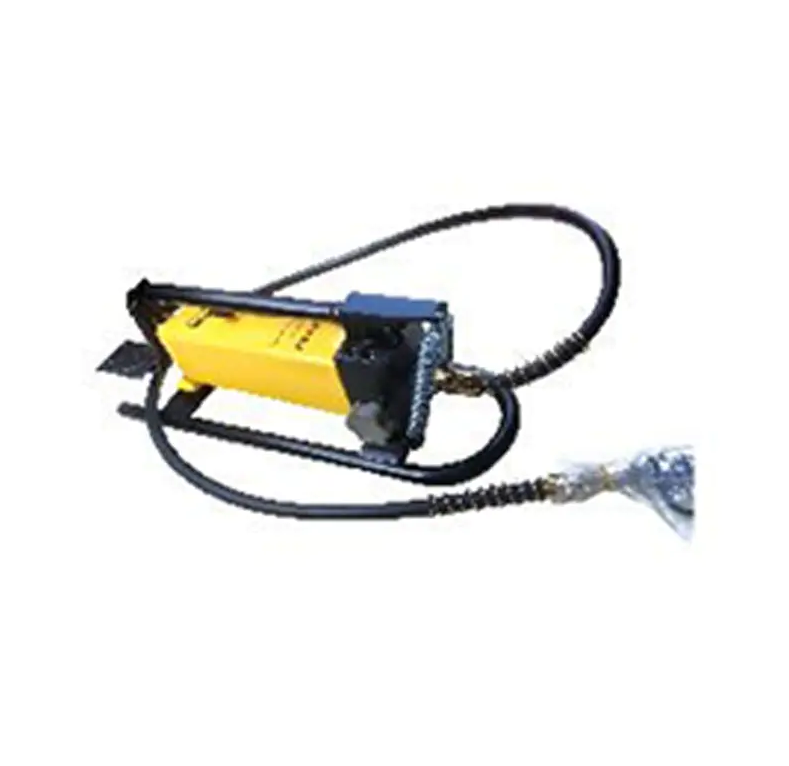Techniques and Design Considerations to Protect Hydraulic Pumps from Cavitation Problems

Cavitation is a common and potentially damaging phenomenon that hydraulic pumps may encounter during operation. It occurs when the pressure in the pump inlet drops below the vapor pressure of the hydraulic fluid, causing vapor bubbles to form. These bubbles collapse violently as they move into higher-pressure regions, leading to noise, vibration, loss of performance, and physical damage to the pump components. Preventing cavitation is essential to maintain the efficiency and longevity of hydraulic pumps.
One of the primary ways to avoid cavitation in a hydraulic pump is to ensure sufficient inlet pressure, also known as Net Positive Suction Head (NPSH). The system design should guarantee that the pressure at the pump suction remains above the fluid’s vapor pressure under all operating conditions. This can be achieved by minimizing suction line length, reducing bends or restrictions, and ensuring proper pipe diameter to maintain steady flow and avoid pressure drops. Using accumulators or suction stabilizers can also help maintain a stable pressure at the pump inlet.
Maintaining appropriate fluid temperature is another crucial factor. Higher fluid temperatures increase vapor pressure, making cavitation more likely. Effective cooling systems and thermal management can keep the hydraulic fluid within recommended temperature ranges, thereby reducing the risk of bubble formation. Additionally, selecting hydraulic fluids with suitable vapor pressure characteristics for the operating environment helps improve resistance to cavitation.
Hydraulic pump design plays a significant role in cavitation prevention. Pumps with properly designed inlet ports and impellers promote smooth fluid flow and reduce localized pressure drops that cause vapor bubble formation. Some pumps feature specialized suction geometries that help distribute pressure evenly and minimize turbulence. Choosing a pump type that matches the application’s flow and pressure requirements also reduces cavitation risk, as oversized or undersized pumps can create unfavorable flow conditions.
Operational practices contribute to minimizing cavitation risks. Operators should avoid rapid changes in pump speed or load, which can cause sudden pressure fluctuations at the inlet. Starting the pump with the correct procedures and ensuring the system is properly primed before operation reduces the chances of air pockets and cavitation. Regular monitoring of system parameters like pressure, flow, and temperature allows early detection of conditions that may lead to cavitation.
Incorporating filtration and fluid cleanliness is important because contaminants and air entrainment in the hydraulic fluid can exacerbate cavitation damage. Air bubbles mixed in the fluid can collapse similarly to vapor bubbles, intensifying wear and noise issues. Therefore, maintaining clean fluid and ensuring tight system seals to prevent air ingress helps mitigate cavitation problems.
When cavitation does occur, its effects can be monitored through noise and vibration analysis, as well as visual inspection for pitting or erosion on pump components. Early detection allows timely intervention to prevent severe damage and downtime. Maintenance schedules should include checks for signs of cavitation damage and adjustments to system parameters to eliminate the root causes.
In summary, preventing cavitation in hydraulic pumps involves a combination of proper system design, careful pump selection, fluid management, and operational discipline. Ensuring adequate inlet pressure, controlling fluid temperature, optimizing pump geometry, and maintaining fluid cleanliness are all essential strategies. Together, these measures help protect hydraulic pumps from cavitation, preserving their performance and extending their service life in demanding applications.
Function:
1. The pump is designed with two stages of high and low speed for quick oil output. Even without electric power, the operation can be carried out conveniently. It is the same as the electric pump in any working pressure and function.
2. Pedal operation. The operator could work while their hands grip a tool or an object.
3. Pressure could be stopped in the middle. Designed high high-pressure safety unit to protect the hydraulic valve.
4. A wide hydraulic pump base for fixing the frame could improve the stability of operation at work.
5. An oil pipe fitted with a quick coupling could be ordered in any length. It could be fitted with a pressure meter(to be ordered).
6. Oil pipe coupling fitted with PT3/8" thread.
- Art
- Causes
- Crafts
- Dance
- Drinks
- Film
- Fitness
- Food
- Jeux
- Gardening
- Health
- Domicile
- Literature
- Music
- Networking
- Autre
- Party
- Religion
- Shopping
- Sports
- Theater
- Wellness


